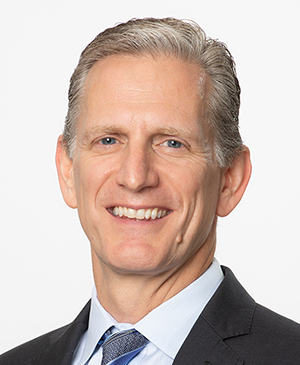CAIRE expands into diagnostics

By Liz Beaulieu, Editor
Updated 10:17 AM CST, Fri January 6, 2023
 BALL GROUND, Ga. – CAIRE on Jan. 4 finalized its acquisition of MGC Diagnostics Holdings, positioning itself to cover another step in the “patient journey,” said Earl Lawson, president and CEO.
BALL GROUND, Ga. – CAIRE on Jan. 4 finalized its acquisition of MGC Diagnostics Holdings, positioning itself to cover another step in the “patient journey,” said Earl Lawson, president and CEO.
MGC is a manufacturer of non-invasive cardiorespiratory diagnostic systems like pulmonary function testing systems and spirometers.
“It really improves the way we’re supporting the patient,” Lawson said. “We were looking for an opportunity that was complementary or adjacent but that would help us cover more of the patient journey. For asthma and COPD patients, cardiorespiratory is a critical step in addressing mis-diagnosed and under-diagnosed issues, and MGC has a strong position in that market today.”
It’s the first significant acquisition for CAIRE since it was bought by NGK Spark Plug Co., LTD, a Nagoya, Japan-based ceramics processing manufacturer, in 2019.
Going forward, CAIRE and MGC will both benefit from each other’s expertise in therapy and diagnostics, respectively, Lawson says.
“We believe CAIRE will gain insight from MGC that will help advance therapy,” he said, “and we believe MGC will gain insight from CAIRE that will help advance diagnostics.”
As part of CAIRE, MGC will also build out more of a global footprint, Lawson says. MGC has made a number of moves in the past few years to increase its presence, particularly in Europe, but CAIRE distributes products in 140 counties, he says.
“They’re a strong player in the U.S., but CAIRE has a truly global business,” he said.
CAIRE will continue to address the “patient journey,” Lawson says, with other acquisitions possible. He has been working with NGK’s global innovations team to develop and implement a global strategy for the company and the MGC deal is a good example of their work.
“What’s underrepresented today, and something that COVID has helped highlight, is the need for better awareness and better monitoring,” he said. “There are more opportunities in therapy and diagnostics, but we’re also looking to see what we can do on the early awareness side, as well as on the monitoring side to make sure, once a patient has been diagnosed and therapy is in place, we know how it’s working, and we know the status of the patient.”
Comments